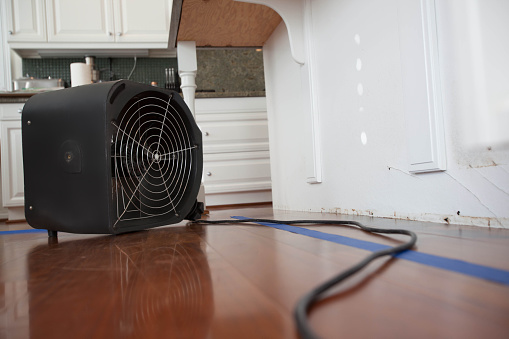If you have suffered water damage in your home, you may be wondering what you can do to minimize the effects. Mitigation is the first step in water damage restoration. The job of a professional restoration contractor is to minimize the damage caused by water. This may involve preserving the structure of your property and salvaging contents, tarping off affected areas, and removing water. The contractor will determine which restoration method is best for your property.
Class 3 water damage
If you’ve recently suffered water damage, you’re probably overwhelmed with the amount of information available. But knowing what to do first is crucial. Water damage can be devastating. It can cause extensive structural damage or affect the safety of individuals in your home. If the damage goes untreated, it can even become insurmountable. Here’s what you should do. Start by determining the type of water damage you’ve suffered. Class 3 water damage usually comes from an overhead source, and requires immediate action.
Class 4 water damage
If you have experienced extensive water damage in your home, you are probably wondering whether you need Class 4 water damage restoration services. This level of water damage is much more challenging to deal with and requires specialized equipment and techniques. Inaccessible areas of the home are often the most affected by Class 4 water damage, such as behind cabinetry and in wall cavities. Additionally, it’s important to know the specific humidity levels that characterize this level of damage.
Class 5 water damage
Water damage is categorized into three categories: Class 1, 2, and 3. Each category has different repercussions on your property. Class 1 water damage restoration involves removing standing water from your property. Class 2 water damage, on the other hand, focuses on the removal of water from affected areas. The remaining water in your property will need more time to dry because it will not have had the opportunity to fully evaporate. This is especially true in buildings where people move throughout the building.
Class 6 water damage
A Class 6 water damage restoration job is complex, time-consuming, and prone to costly mistakes. This type of damage often involves large amounts of evaporation and contamination of framing members, walls, and subfloor. A Class 6 water damage restoration crew must use specialized equipment to treat the damaged area. It may also require significant vapor pressure differentials to fully dry the affected area. However, with proper mitigation and repair methods, this type of water damage can be managed successfully.
Class 7 water damage
Water damage can occur from many different sources. It can come from a toilet bowl full of urine or seepage from a leaking sump pump. Water can also damage your belongings, and can even affect your health. When dealing with water damage, it is important to understand the classification system. Classifications range from light to severe, depending on the amount of damage and its severity. You should also consider whether or not there are any safety hazards. For instance, if you discover that you have water damage in the basement or crawl space, you may need to call a plumber to help you with the cleanup. If the water is not too bad, you can remove small items from the area and move them out.
Class 8 water damage
While minor leaks and damp carpeting are easily repairable, a larger flood will require professionals for cleanup, moisture removal, and water damage restoration. This type of damage requires a certified restoration company to prevent further damage. When a water damage occurs in a whole room, the entire property needs to be cleaned and restored to its pre-damage state. A burst pipe or ruptured pressurized water line are common causes of class 3 water damage.
Class 9 water damage
Depending on the type of water damage, there are varying levels of the destruction. For instance, Class 1 flooding occurs when a dishwasher overflows or a broken pipe in the kitchen bursts. While this type of damage is usually not severe, it does require some repairs. Likewise, Class 3 flooding occurs when a roof leaks or ice dams build up. In these instances, the damage is so extensive that it requires professional water damage restoration.
Class 10 water damage
When dealing with a water-damaged building, the IICRC S-500 standard for water-damaged buildings provides detailed guidance for the drying and re-construction of these properties. Using equipment such as air scrubbers, dehumidifiers, and specialized drying techniques, this class can help you understand the complete process of water damage restoration and minimize your damage. However, this class is not for novices, as there are certain steps that you should follow to get the job done properly.

